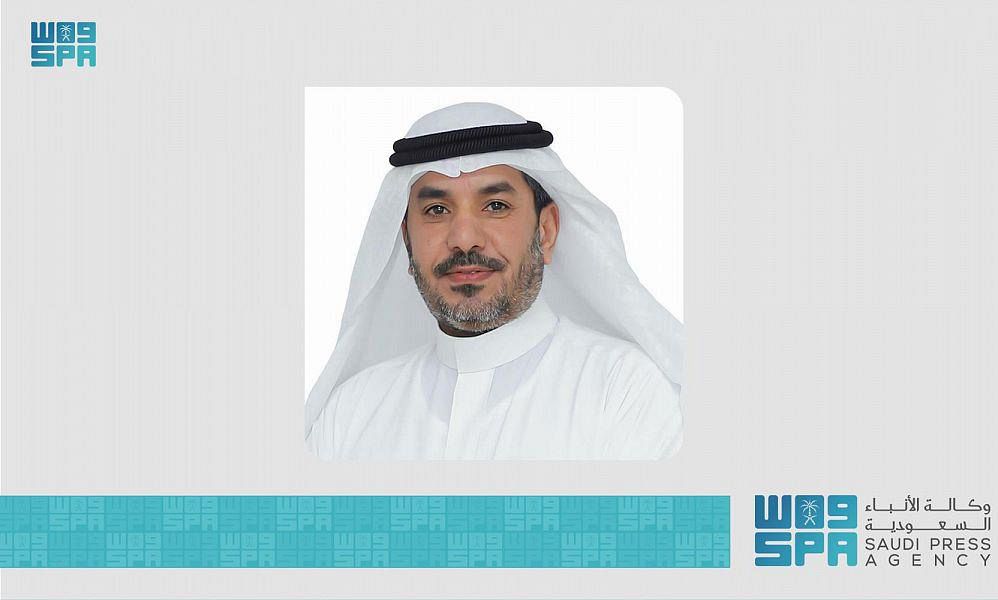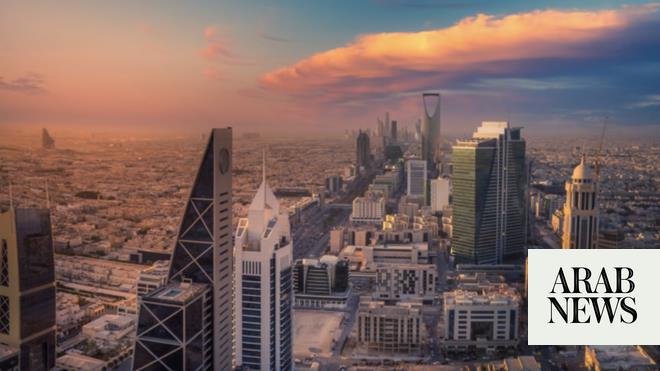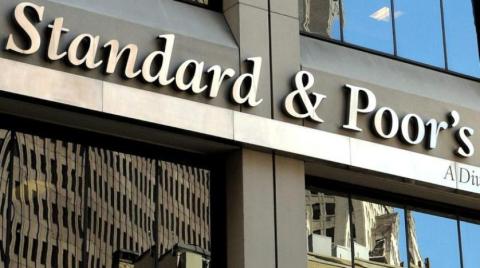
Saudi Arabia has proved its outstanding ability to deal with world crises such as the coronavirus disease (COVID-19) pandemic and the global financial meltdown of 2008.
And the Kingdom’s resilience has not gone unnoticed. A recent report published by the International Monetary Fund (IMF) reaffirmed the continued recovery of the Saudi economy, and the inflation slowdown of the consumer price index (CPI), forecasting that non-oil gross domestic product (GDP) growth would reach 4.3 percent this year and 3.6 percent in 2022.
The IMF predicted that the private sector would lead growth this year reaching 5.8 percent, continuing in the medium and long term at an average rate of 4.8 percent.
Additionally, recent reviews and updates by the largest credit rating agencies S&P, Moody’s, and Fitch resulted in strong Saudi Arabia scores of A-minus, A1, and A, respectively.
The latest review by Fitch Ratings on July 15 revised the outlook on the Kingdom’s long-term foreign currency issuer default rating (IDR) to stable from negative, affirming the IDR at A.
It should be noted that Fitch has rated 97 countries since the beginning of this year, and around 11 percent of those were positively amended, including Saudi Arabia, while around 8 percent had their ratings reduced.
The credit rating agencies have also underscored more than 215 negative ratings since the beginning of the pandemic in March last year, of which 40 percent of G20 countries were affected.
The biggest challenge that lies ahead for the country is holding on to its rating.
Talat Zaki Hafiz
The key driver on which Fitch has based its strong rating of the Kingdom’s credit strength and revised its rating, is due to the responsible and serious economic reforms and health measures taken by the government in the wake of the global health crisis.
Such measures have reflected positively on the national economy and the financial position of the Kingdom too, as evidenced by a decrease in the budget deficit, compared to the agency’s previous review, due to a significant improvement in world oil prices and continued government commitment to fiscal consolidation and economic reform.
The agency has forecasted an improvement in Saudi real GDP of 2.1 percent this year, compared with a contraction of minus 4.1 percent in 2020, and a current account return to surplus. The positive outlook was supported by Fitch’s expectation that oil prices would this year reach $63 per barrel.
Fitch has estimated the budget deficit to narrow this year from minus 8.4 percent (previous estimate) to minus 3.3 percent of the GDP and reach minus 3.8 percent in 2022. Also, it has revised the current account deficit to minus 2.8 percent in 2020 as a percentage of GDP compared to minus 5.5 percent in its last evaluation, with a 2.7 percent surplus in the current account for 2021.
The agency said the Kingdom had maintained strong sovereign assets and external financial resources despite their decline in recent years. This was supported by high reserve coverage ratios, among the highest Fitch-rated sovereigns with more than 20 months of current external payments.
Last but not least, Fitch has lowered its estimates of this year’s government debt to 31.1 percent of the GDP, down from 39.4 percent in its last forecasts in December, and to reach 33.1 percent in 2023.
Despite the strong credit rating of the Kingdom, perhaps the biggest challenge that lies ahead for the country is holding on to its rating, especially considering the volatility of oil prices amid continued world economic uncertainty over how long the pandemic will last.
• Talat Zaki Hafiz is an economist and financial analyst. Twitter: @TalatHafiz
Disclaimer: Views expressed by writers in this section are their own and do not necessarily reflect Arab News" point-of-view










